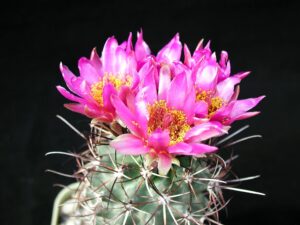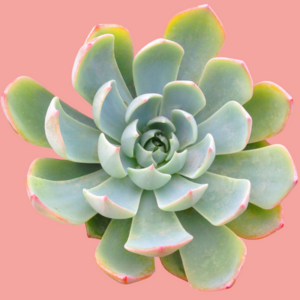White Powder on Cactus: What It Is and How to Treat Powdery Mildew
As a cactus enthusiast, encountering white powder on your beloved succulents can be alarming. This unsightly layer often signals the presence of a fungal infection known as powdery mildew. This article delves into the characteristics, causes, and effective treatments for powdery mildew, ensuring that your cactus garden remains vibrant and healthy.
Unraveling the Mystery of Powdery Mildew
Powdery mildew is a fungal disease characterized by its distinctive white, powdery appearance. The fungi responsible for this affliction, primarily from the genus Erysiphe, thrive in warm, dry conditions. They manifest as a fine, flour-like coating on the surface of your cactus, which can be particularly distressing to those who take great care in cultivating their plants.
Though it often appears on the upper surfaces of leaves, in the case of cacti, it can also settle on stems and pads. This powdery appearance can be more than just an aesthetic flaw; if left untreated, it can inhibit the photosynthetic ability of your plant and lead to significant health decline. This necessitates a deeper understanding of how powdery mildew affects cacti, and what you can do to preserve their beauty and vigor.
Factors Contributing to Powdery Mildew
Understanding the environmental factors that encourage the growth of powdery mildew can be instrumental in its prevention. High humidity combined with poor air circulation is a primary catalyst for the development of this fungal infection. Cacti often thrive in arid climates; however, inconsistency in watering habits can create pockets of excess moisture that may foster an environment conducive to fungal proliferation.
Additionally, overcrowding in plant arrangements can exacerbate the issue. When cacti are too close to one another, they may not receive adequate airflow, allowing moisture to linger and encouraging the formation of mildew. Therefore, spacing your plants appropriately and providing them with enough room to breathe is crucial.
Prolonged periods of wet foliage, either from overwatering or high humidity, can also jeopardize the plants’ health. This is especially pertinent in indoor settings, where the climate is regulated. It’s advisable to monitor the local humidity levels and ensure that your cacti are not exposed to excess moisture, whether from the environment or watering practices.
Therapeutic Approaches: Treating Powdery Mildew
If you discover that your cactus has fallen prey to powdery mildew, prompt action is essential in salvaging your plant. One of the foremost steps is to remove the affected parts. Using sterilized scissors or pruning shears, carefully cut away the mildewed areas, taking care not to disturb nearby healthy sections. Dispose of these cuttings promptly to prevent the spread of the fungus.
Once the infected areas have been excised, the next step is to implement a fungicidal treatment. Commercial fungicides are available and can be effective; however, many growers prefer organic solutions. A popular homemade remedy is a mixture of water, baking soda, and a bit of liquid soap. This combination alters the pH on the cactus surface, making it less hospitable to fungal growth. Spraying this solution directly onto the affected areas can yield promising results.
In addition to immediate treatment, consider creating an environment less conducive to the growth of powdery mildew. A simple adjustment in watering habits can be impactful. Water your cactus at the base rather than overhead to keep leaves and pads dry. It’s also advisable to water early in the day, allowing ample time for evaporation before the cooler nighttime temperatures set in.
The Importance of Prevention: Ongoing Care for Cacti
Preventing powdery mildew from becoming a recurring issue involves maintaining vigilant care practices. Regular inspections for early signs of fungal growth—such as fine white dust or changes in leaf color—can help catch the problem before it spreads. Moreover, rotating your plants occasionally can enhance exposure to air circulation and sunlight, both vital for their vitality.
Additionally, ensure your cacti are placed in a suitable environment. While they thrive in warm settings, consistent high humidity should be avoided. A dehumidifier or adjusting the room temperature can mitigate excessive moisture. When introducing new plants to your collection, quarantine them for a brief period to ensure they do not bring fungal spores into your existing ecosystem.
In conclusion, while the presence of white powder on your cactus may initially elicit concern, understanding powdery mildew’s characteristics and implementing effective treatment and prevention strategies can restore your plants to their full potential. Armed with knowledge and appropriate care practices, the health and aesthetic allure of your cactus collection can flourish once more.





Leave a Comment